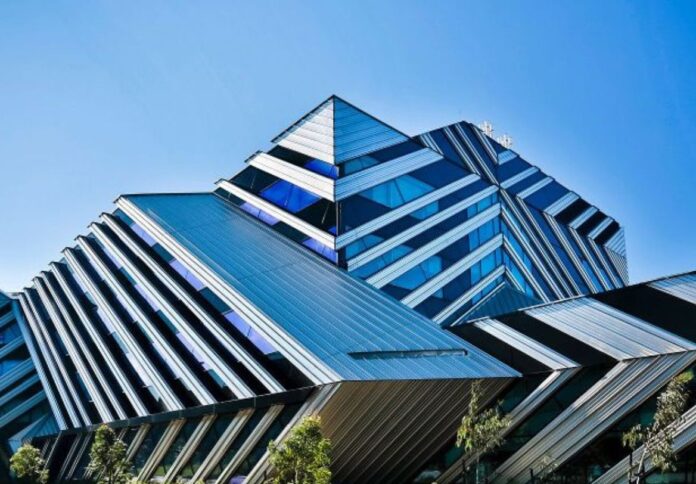
The Victorian government and the Major Transport Infrastructure Authority (MTIA) have awarded a total of $500 million to Monash University engineers to support the development of an eco-friendly alternative to millions of railway sleepers across Australia.
In 2015, Monash Institute of Railway Technology (Monash IRT) collaborated with Integrated Recycling to explore the potential of recycled plastics as materials for producing durable composite plastic railway sleepers.
The partners came up with Duratrack sleepers, which have replaced timber sleepers in low-speed railway yards and slidings in Shepparton, Warrnambool, and the Murray Basin.
The product has also been deployed for trial at tourist and heritage railways Metro Trains Melbourne, V/Line, and Queensland Rail.
Professor Ravi Ravitharan, director of Monash IRT, said the latest investment will enable the institute to deliver the next generation of composite plastic sleepers, this time to be used across Victoria and Australia’s mainline railway networks.
Awarded through Sustainability Victoria and the MTIA’s ecologiQ program, the funding builds on previous funding of $300,000 to Monash IRT and Integrated Recycling for the project.
In a media release, Monash said the institute will work closely with industry partners Integrated Recycling, Advanced Circular Polymers, Pandrol Australia, and ARTC to develop the Australian-first NextGen sleepers.
Ravitharan said the project will enable railways to contribute to meeting Australia’s carbon reduction targets while modernising the industry.
“This is another opportunity to change the mindset of the railway industry, which has generally been quite conservative and slow to implement innovative products,” Professor Ravitharan added. “It’s also exciting because if you show households that the contents of their recycling bin are being put to good use, they’re much more likely to continue making the effort to recycle.”
There are over 52 million railway sleepers in Australia, with 32 million made of concrete, 11 million of timber, and 8.7 million of steel. These numbers are expected to increase in light of Victoria’s upcoming $90 billion Big Build project.
















